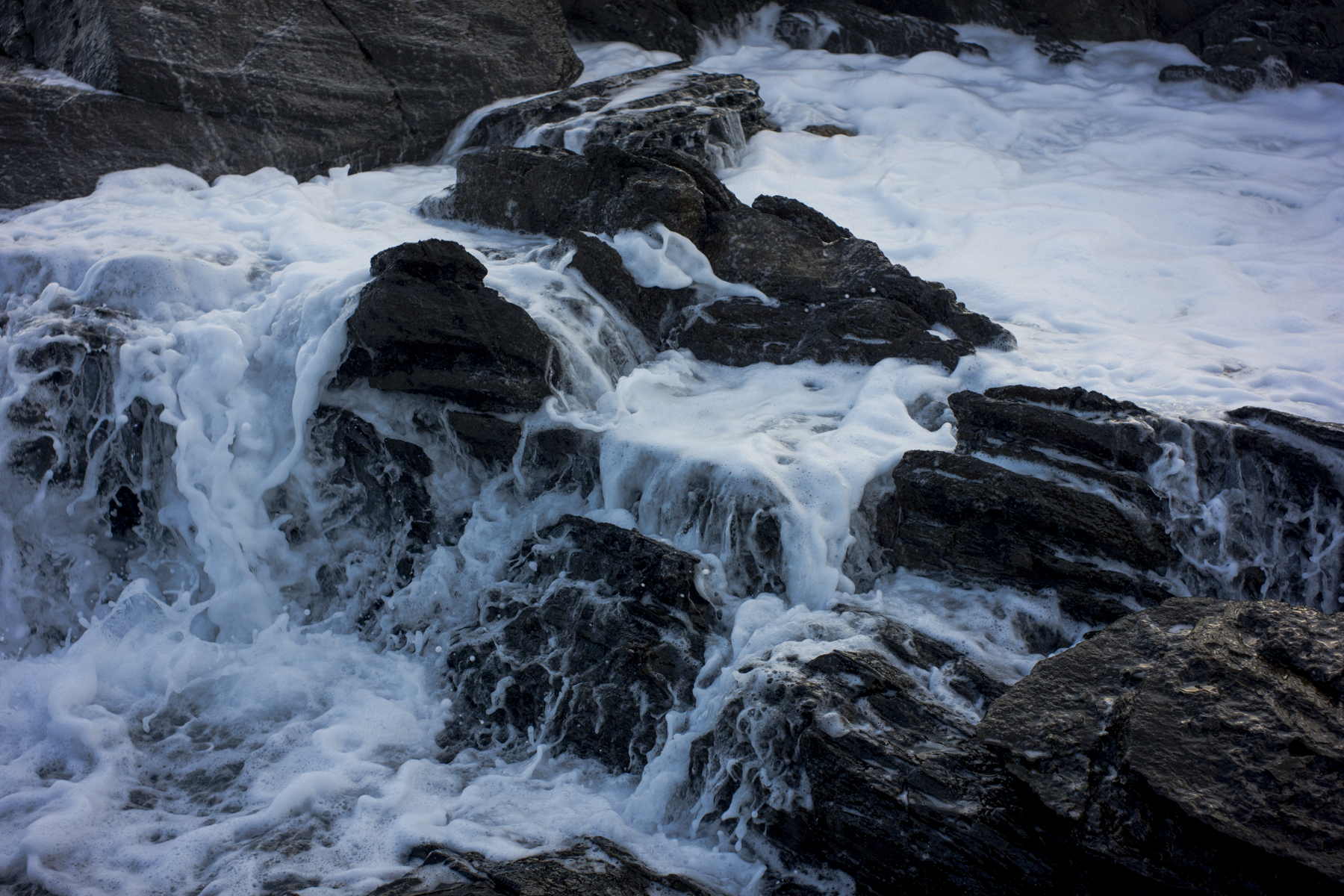We had a 2-3 hour poodlewalk along the coast from Petrel Cove, Victor Harbor, yesterday afternoon. It was overcast and muggy, and I was looking for locations to shoot in black and white using the 8×10 Cambo monorail. I found one.
I also found this one on computer this morning, when I was writing on Landscapes, tourism, the picturesque for the Victor Harbor book.

Unfortunately, I have no idea where this rockface is on the coastline. I just don’t recognize it. It looks suitable–and just what I want– but because I cannot recall its location I don’t know if it is possible to both get the 8×10 down there and to set it up.








